HVAC maintenance is the periodic upkeep of heating, ventilation, and air conditioning systems in your residence. You can perform regular HVAC maintenance to prolong equipment life, prevent costly breakdowns, and reduce repair incidents. The general HVAC maintenance checklist typically includes cleaning, replacing filters, removing debris, and checking for leaks or signs of corrosion. Identifying such issues sooner rather than later will help you avoid larger, more systemic problems.
HVAC systems rely on a stable power supply to function efficiently. During a power outage, sudden shutdowns can strain compressors and thermostats, leading to performance issues when power returns. Jackery Solar Generators are essential home backup solutions that can ensure a steady supply of electricity to essential household appliances like HVAC systems during short—or long-term power outages. In addition, using solar-powered generators to run heavy-duty appliances can lower monthly electricity bills.
Key Takeaways
- Routine HVAC maintenance boosts efficiency and extends the system's lifespan, preventing costly repairs and sudden breakdowns.
- Neglecting HVAC system upkeep can lead to higher energy bills, as dirty filters and faulty components force the system to work harder.
- Annual HVAC maintenance costs typically range from $100 to $650, but proactive servicing can save thousands in major repairs.
- Jackery Solar Generators provide an essential home backup for HVAC systems, ensuring uninterrupted heating and cooling during power outages.
- Investing in preventative HVAC maintenance reduces long-term expenses, enhances indoor air quality, and keeps your house comfortable year-round.
12 HVAC Maintenance Checklist
A properly maintained HVAC system will run optimally and lower the costs associated with emergency repairs. It can also help you improve the indoor air quality of the building, room, or facility. Here is an HVAC maintenance checklist that ensures you are covering all the essentials for the HVAC preventive maintenance program:
Replace or Clean Air Filters (Every 30-90 Days)
To keep your HVAC running efficiently, you need to clean air filters every 30 - 90 days. Dirty filters can hamper airflow and increase energy costs. You should change all the filters, including any furnace filters, small filters, or return filters near your AC coils. Remember that each HVAC system is unique, so check the filter locations to ensure none are missed. On average, replacing an HVAC air filter typically costs between $10 and $50 but can vary depending on the type of filter.

Inspect and Clean Coils
Filters, fins, and coils are essential for maintaining clean airflow in the HVAC system. Dirt accumulation can affect efficiency and damage components. For instance, coils covered in dirt and grime cannot exchange heat effectively, and bent fins can restrict airflow, making the HVAC unit harder. You can expect to pay around $100 - $400 for an AC coil cleaning, though the total cost will depend on the type, cleaning method, and labor.
Clear Condensate Drain Lines (Quarterly)
The HVAC system's condensate drain carries the built-up moisture inside the unit away from the house. Check and inspect the condensate drain in central air conditioners, heat pumps, and furnaces. This will help you avoid water leakage and ensure the HVAC system's appropriate functioning. The cost to clear a clogged HVAC condensate drain line typically lies between $75 to $250.
Check Thermostat Settings & Calibration
You need to adjust the thermostat of your HVAC equipment according to the changing seasons. For example, the thermostat should be higher than usual during the summer months to ensure the AC does not have to work harder. On the other hand, the thermostat should be lower than usual during the winter months. The thermostat service fee is generally included in the HVAC maintenance cost, so you don’t have to pay anything extra.
Tighten Electrical Connections & Test Voltage
You can never understand how wear or damage to the HVAC electrical connections can hamper their functionality. Even if there are small vibrations in the HVAC system, it can eventually lose the connections. So, you must periodically inspect, clean, and tighten the electrical connections before they damage the HVAC equipment.
Lubricate Moving Parts (Motors, Bearings, Fans)
Moving parts like motors, bearings, and fans need to be lubricated, especially when the temperature drops. Cold air can cause metal contraction, and moving components can stiffen up. Appropriate lubricants should be applied to bearings and other moving parts. Follow all the manufacturer guidelines for lubrication to extend the lifespan of HVAC equipment.
Inspect & Seal Ductwork for Leaks
Check leaks in your ductwork once a year to ensure the proper functioning of the HVAC equipment. Loose connections and pinhole leaks in the ductwork can lower the efficiency of the HVAC system by 20%. This means you need to ensure everything is inspected and sealed so air does not escape the system unnecessarily.
Test System Controls (Start, Operation, Shutoff)
You must check system controls to ensure the safe and proper operation of the HVAC system. You should also check the starting cycle of the HVAC equipment to ensure the system starts, operates, and shuts off appropriately.
Clean & Adjust Blower Components
Regularly clean and adjust the blower to remove dust, debris, and cobwebs from the wheel. You can use a vacuum cleaner with a brush attachment to ensure proper airflow. Cleaning and adjusting HVAC blower components can cost anywhere from $125 to $250 on average. This includes tasks like cleaning the blower wheel, which is located inside the air handler or furnace and moves air through the HVAC system.
Inspect Refrigerant Levels
Tiny leaks can cause the refrigerant to move into the air over time. Low refrigerant levels can lower the cooling performance and increase the overall energy consumption. For this reason, it is essential to check refrigerant lines at least once a month to ensure they are not torn, detached, loose, or leaked.
Examine Belts & Pulleys for Wear
Belts and pulleys usually work hard in the winter months, especially when the heating demands are higher. Before the heavy HVAC usage begins, you should start examining belts and pulleys closely for damage or wear and tear. Carefully inspect for fraying belts, misalignments, or loose pulleys that could cause failures or inefficiencies.
Monitor System Noise & Unusual Odors
Unusual noises and odors in the HVAC system can indicate potential problems such as electrical issues, malfunctioning components, or mold/mildew growth that require prompt attention. Sometimes, a broken fan blade or misaligned blower fan can cause thumping noises as the fan hits against other components. Identifying these issues early can help you avoid expensive HVAC repairs.
HVAC Maintenance Cost Breakdown
On average, the annual HVAC maintenance cost can range from $100 - $650, depending on the heating and cooling system type, location, and time of the year. For instance, you can expect to pay $350 for routine maintenance for a split AC and heating system. Here, we will explain the HVAC maintenance cost in detail based on different factors:
Unit Type
The cost of HVAC maintenance will directly depend on the type of unit. Each HVAC system has a unique series of parts that need maintenance, occasional replacement, and repairs.
- Air Conditioner: Depending on the size and type of the unit, annual HVAC maintenance might cost between $60 and $200. An AC tune-up typically includes cleaning or changing filters, testing the thermostat, cleaning air duct blockages, testing the evaporator coil, etc.
- Furnace: If you have a gas-fueled furnace, it is essential to call the experts for furnace maintenance, which might cost $80 - $300. The maintenance will typically include testing the thermostat, inspecting the ignitor, checking for rust, etc.
- Mini-Split: Mini-splits lack ductwork and annual HVAC maintenance for any mini-split system might cost between $300 and $500. It typically includes lubricating motors, unit cleaning, tightening connections, and testing for proper airflow.
- Heat Pump: Heat pump costs are generally lower than those of other systems. If you have a basic heat pump, you can expect to pay $80 - $150 annually.
- Split System: Split systems are more common, with a unit inside and outside the house. Maintenance may cost between $200 and $600 annually.
Add-On Costs
A well-serviced HVAC system can keep your home at a comfortable temperature. Tackling multiple projects simultaneously can help you increase the home's energy efficiency. Some of the common HVAC maintenance add-ons with their costs include:
|
HVAC Add-On Services |
Average Cost |
|
Air Duct Cleaning |
$250–$500 |
|
Furnace Cleaning |
$70–$400 |
|
Air Duct Sealing |
$500–$4,000 |
|
Mold Remediation |
$1,200–$3,500 |
|
Thermostat Repair or Replacement |
$125–$300 |
HVAC Repair or Replacement
The average HVAC replacement cost will almost always be higher than the annual maintenance and follow-up repairs. For instance, you can expect to pay around $5,000 - $12,500 to install a new heating and cooling system. Replacing the HVAC system is worth it if repairs add up to more than a new system or if the HVAC system is too old to find replacement parts. Here is a table that reveals the average cost of different HVAC-related repairs:
|
HVAC Repair |
Average Cost |
|
Circuit Board |
$200–$600 |
|
Thermostat Replacement |
$100–$600 |
|
Fan Motor |
$100–$700 |
|
Refrigerant Recharge |
$200–$500 |
|
AC Leak |
$200–$1,500 |
|
Ignitor |
$150–$300 |
|
Heat Exchanger |
$100–$200 |
Location and Time of Year
The cost of HVAC maintenance will depend on where you live. In addition to the cost of living in your area, the price can fluctuate based on the local climate, local tax rebates, and demand for HVAC professionals. Remember that HVAC experts usually charge more during busy months like summer and winter, so plan the maintenance in the fall or spring.
DIY HVAC Maintenance vs. Hiring a Pro
You can create a basic HVAC maintenance checklist to lower the costs of repairs. Some basic, easy-to-DIY HVAC maintenance tasks include cleaning or changing HVAC filters, dusting evaporator coils, flushing the AC condensate line, inspecting ductwork, cleaning debris from the outside HVAC unit, and testing the thermostat. If you handle the basics on your own, you can save around $150. Even if you are handling basic tasks yourself, you can consider calling an HVAC specialist at least once a year.
Note: All the HVAC maintenance costs mentioned are just estimated values and may vary depending on several factors, such as location, type of HVAC, etc.
Best Jackery Solar Generator for HVAC
When the power goes out, your HVAC system is often one of the first things to shut down, leaving you without heating or cooling when you need it most. That's where solar generators and portable power stations with large battery capacities come in. Jackery Solar Generators can power an air conditioner, heat pump, or furnace during outages.
Solar generators not only provide backup power during outages but also reduce your reliance on the grid. Whether you're preparing for emergencies or looking for an eco-friendly alternative, they deliver reliable power when it matters most. Here is one of the best solar generators for ACs, heaters, and other essential household appliances:
Jackery Solar Generator 5000 Plus
The Jackery Solar Generator 5000 Plus is an essential home backup solution that has enough power to keep air conditioners, furnaces, heaters, and ventilation systems running during outages. The pure sine wave inverter delivers consistent power, protecting HVAC units from voltage fluctuations that could damage compressors or electronic controls. With the help of the Jackery Smart Transfer Switch, you can connect the essential home backup solution to the home's electricity panel to switch automatically from grid electricity to backup power during a blackout.
Appliances Running Time
- Central Air Conditioner (3500W) = 1.2H
- Heat Pump (3000W) = 1.4H
- Furnace Blower Motor (1200W) = 3.4H
- Dehumidifier (800W) = 5.0H
- Electric Space Heater (1500W) = 2.8H

Customer Review
"This is a great product. I am very satisfied. The smartphone app is very useful for monitoring and setting values in the system." — Gary.
FAQs for HVAC Maintenance
What are the annual maintenance costs for HVAC systems?
Annual HVAC maintenance costs can range between $100 and $650, including filter changes, minor repairs, and basic tune-ups. However, the cost can depend on several factors, such as the HVAC type and size, location, and service plan.
What maintenance should be done on the HVAC?
Some essential maintenance on HVAC systems includes changing filters, checking refrigerant levels, cleaning coils, and ensuring proper airflow and electrical connections.
What is commercial HVAC maintenance?
Commercial HVAC maintenance involves regular inspecting and servicing of heating, ventilation, and air conditioning (HVAC) systems. These commercial systems are installed in commercial buildings to extend equipment lifespan, ensure optimal performance, and maintain a safe environment.
What is the checklist when servicing HVAC?
A comprehensive HVAC maintenance checklist when servicing an HVAC system includes inspecting and cleaning coils and ducts, checking refrigerant levels, lubricating moving parts, verifying proper airflow, etc.
What is HVAC preventive maintenance?
HVAC preventive maintenance involves a yearly or bi-yearly plan to inspect, clean, and maintain the HVAC system. The maintenance will ensure the system runs efficiently and reliably, helping prevent costly breakdowns and extending its lifespan.
Conclusion
HVAC maintenance is crucial if you want to ensure the system runs efficiently, especially during the times when you need it the most. The objective of appropriate HVAC maintenance is to prevent catastrophic breakdowns and costly repairs. However, even the best-maintained HVAC units won't function during voltage fluctuations or power outages. That's where the need for essential home backup solutions arises. With clean, silent, and high-capacity power solutions like the Jackery Solar Generator 5000 Plus, you can keep critical HVAC components running and ensure your home stays comfortable no matter the circumstances.
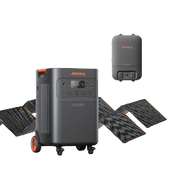
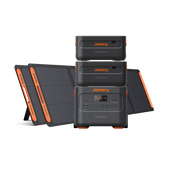
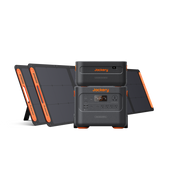
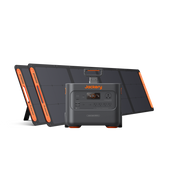

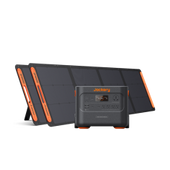
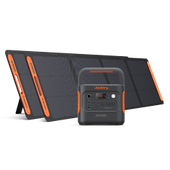

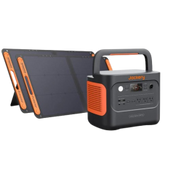
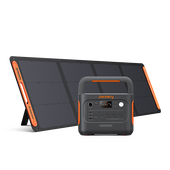
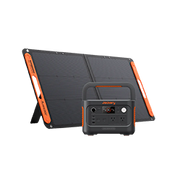

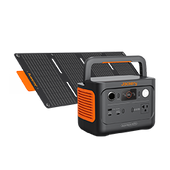
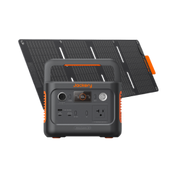
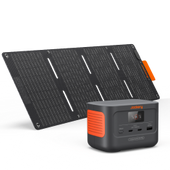
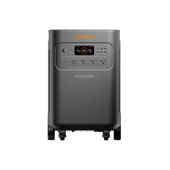

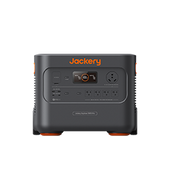
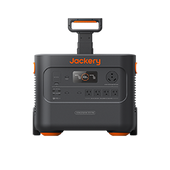
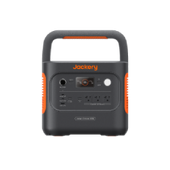
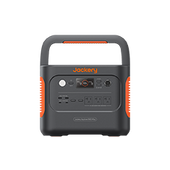
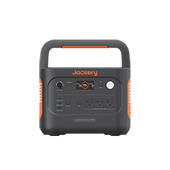
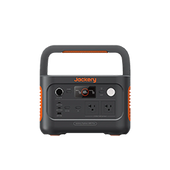
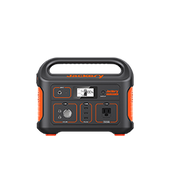
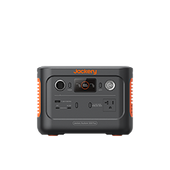

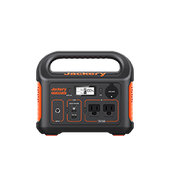
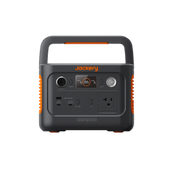
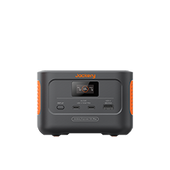



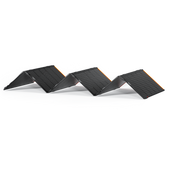
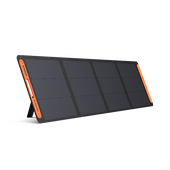
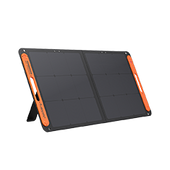
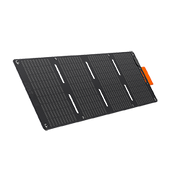
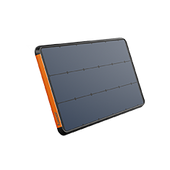
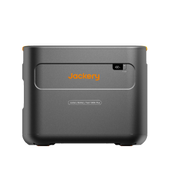
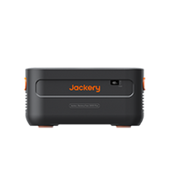
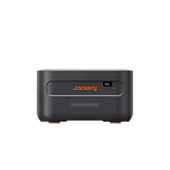

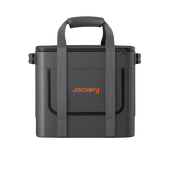
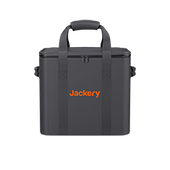
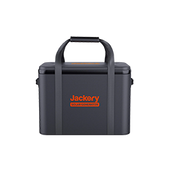
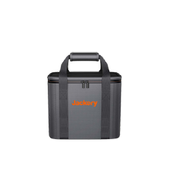
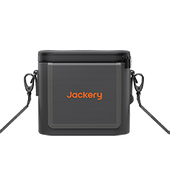
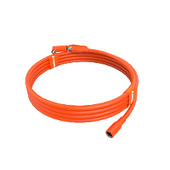
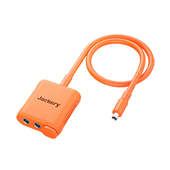
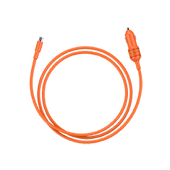

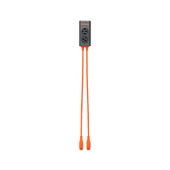
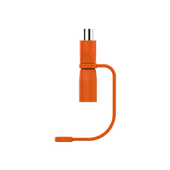
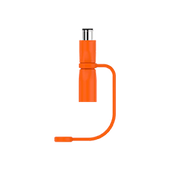
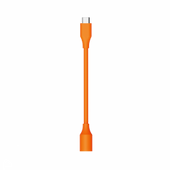
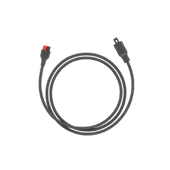
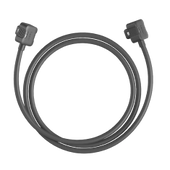
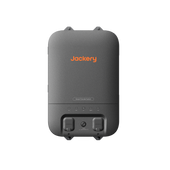
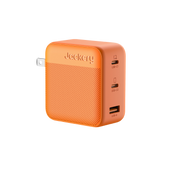

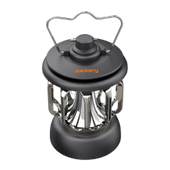


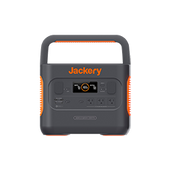
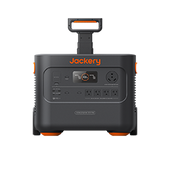
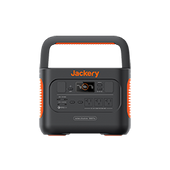
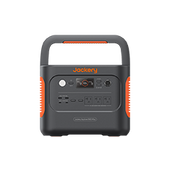
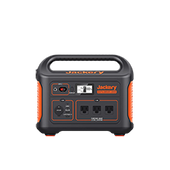
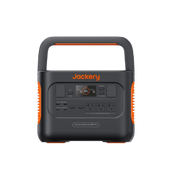
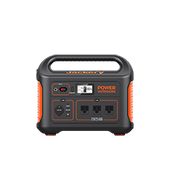
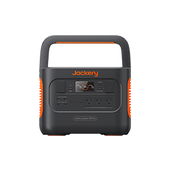
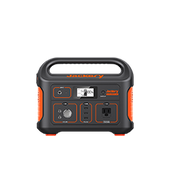
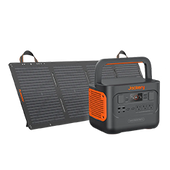
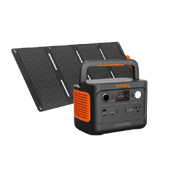
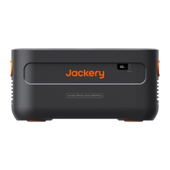
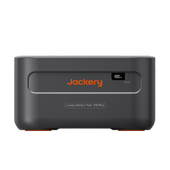

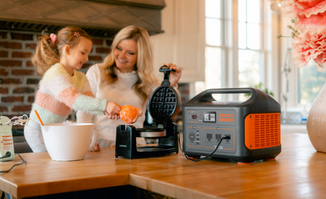
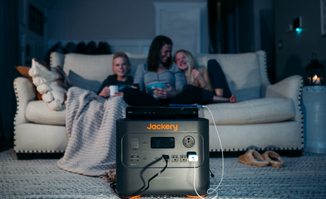
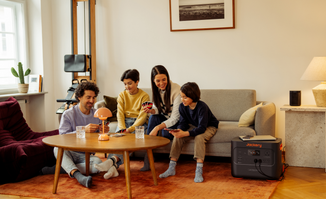

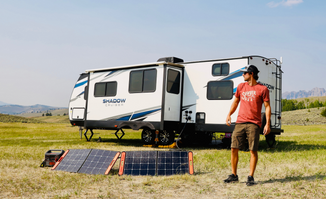


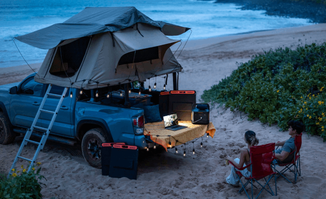
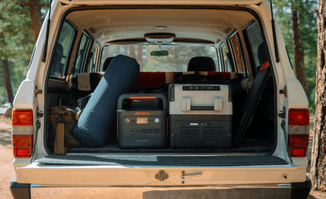
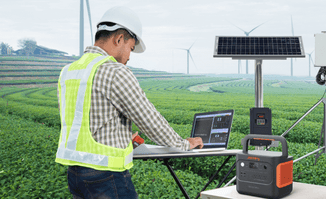
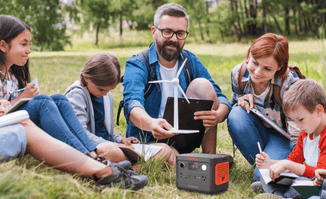
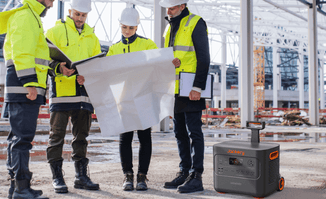
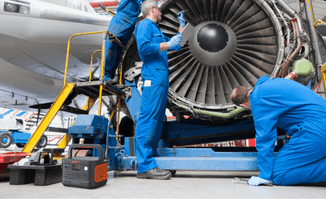
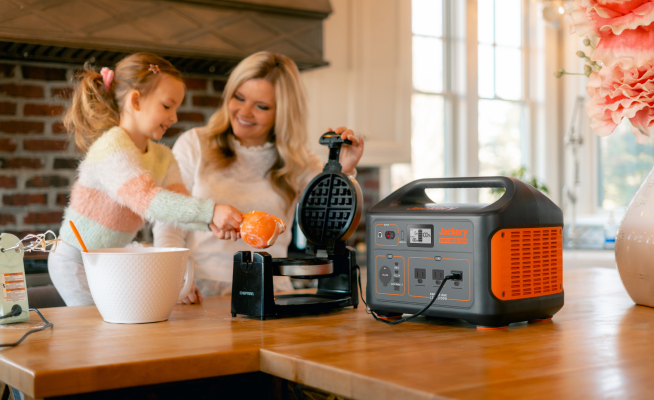
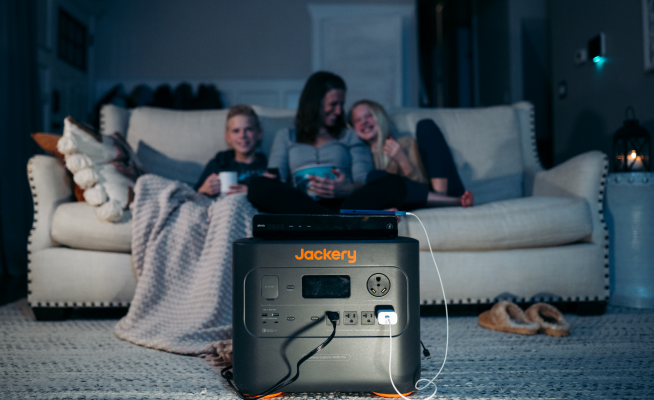
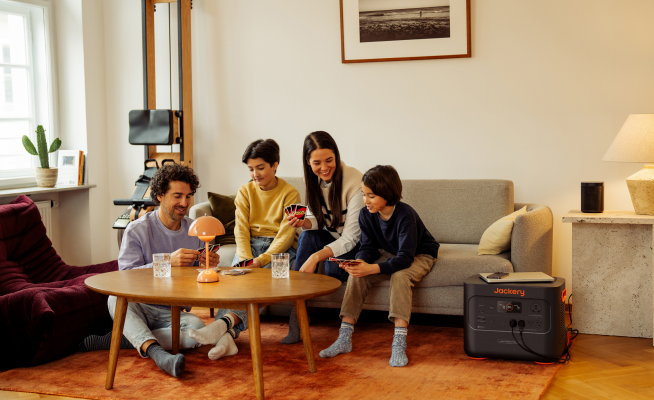
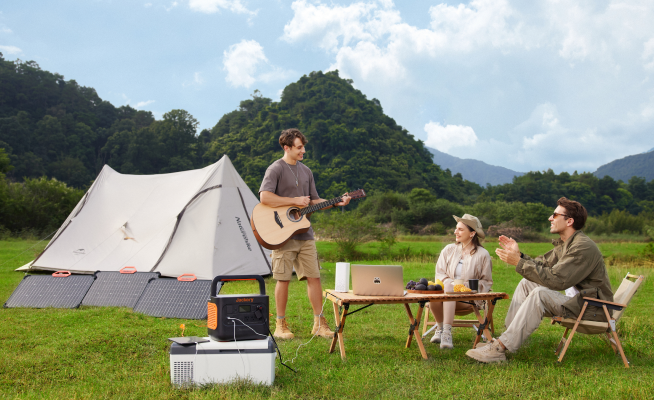
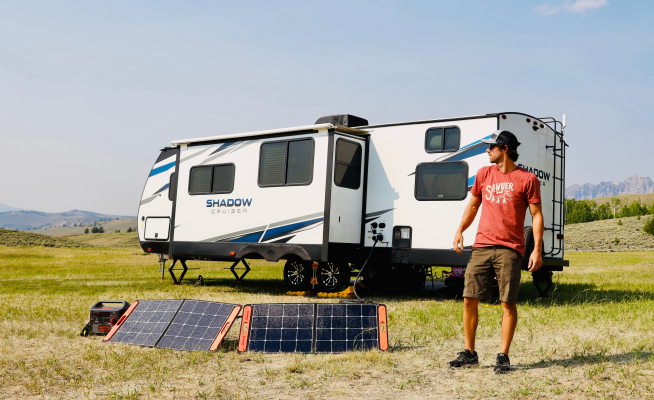


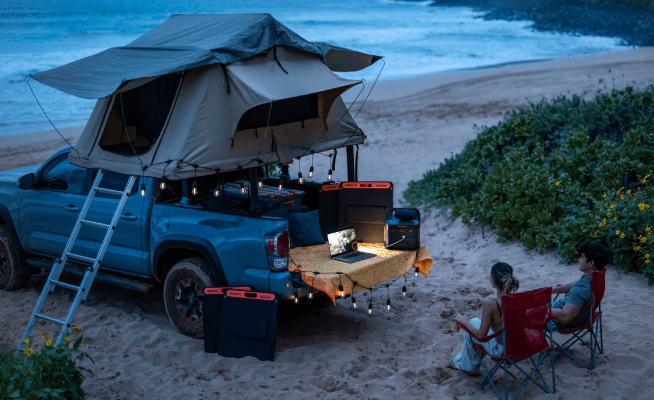
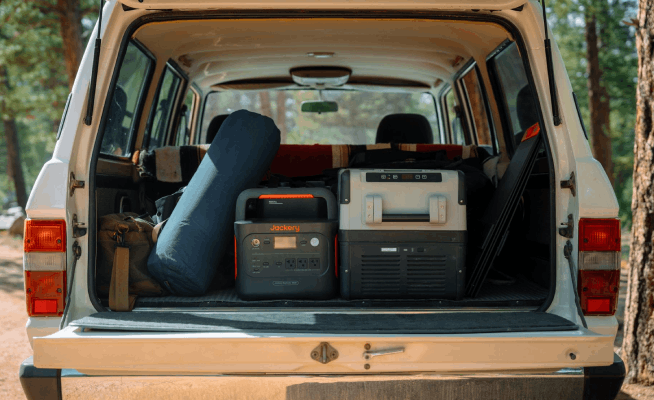
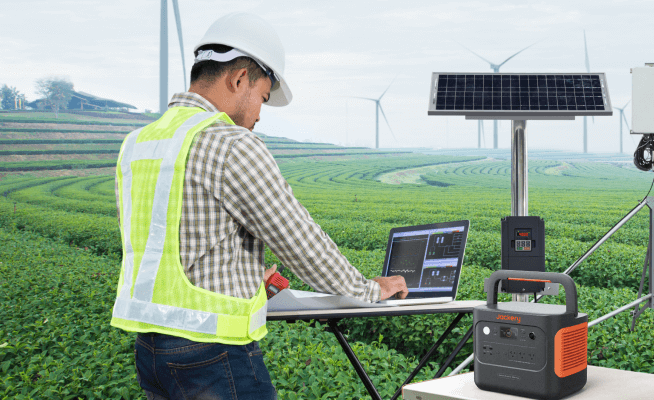
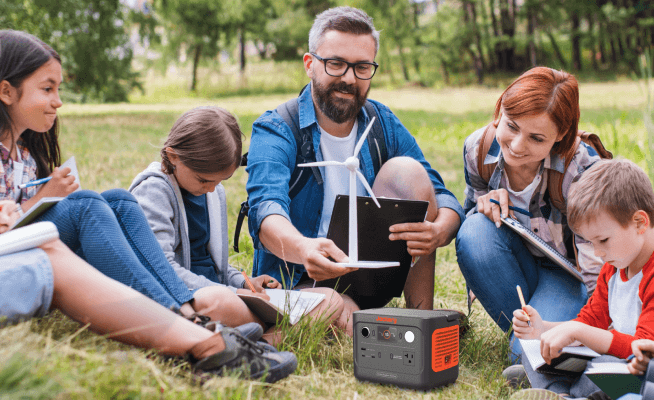
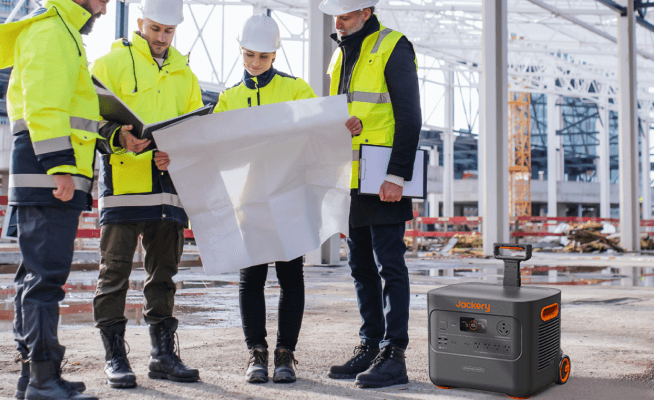
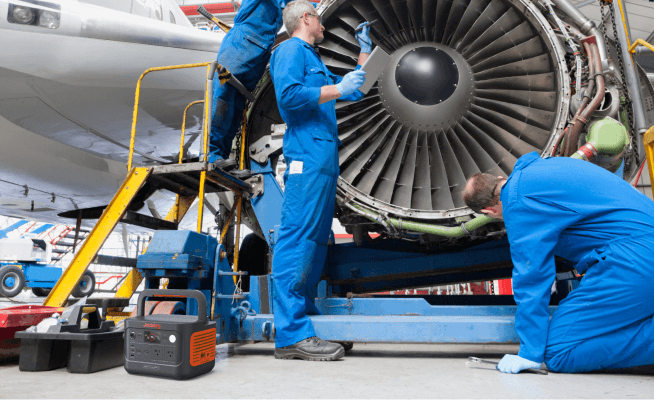


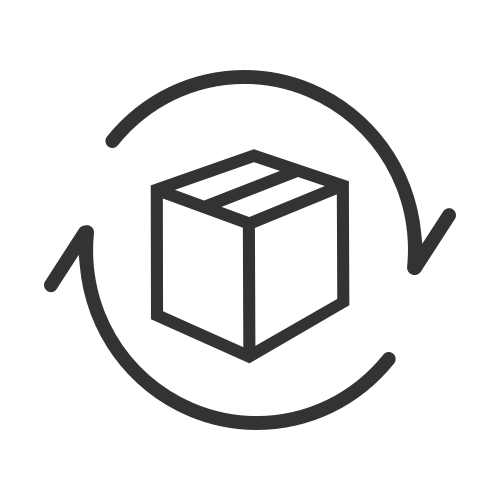
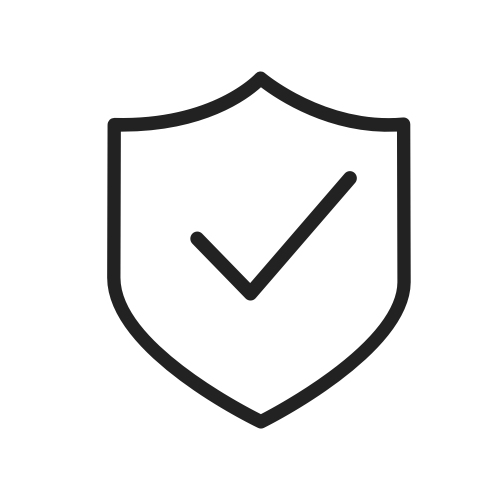





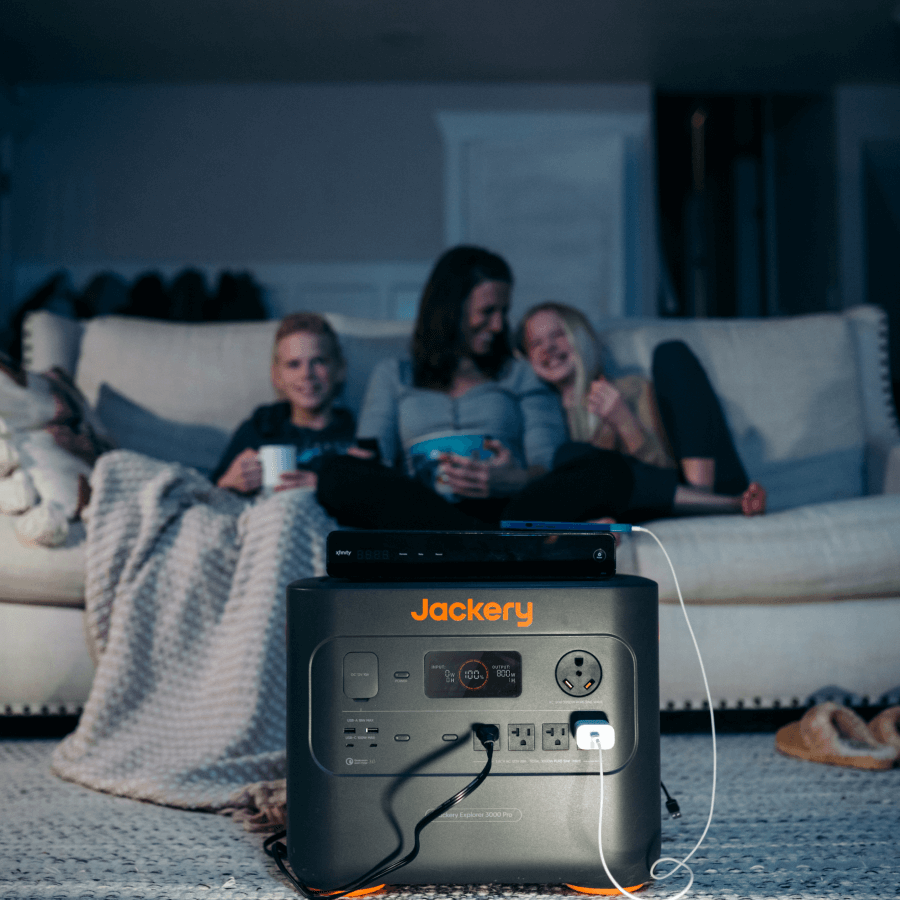

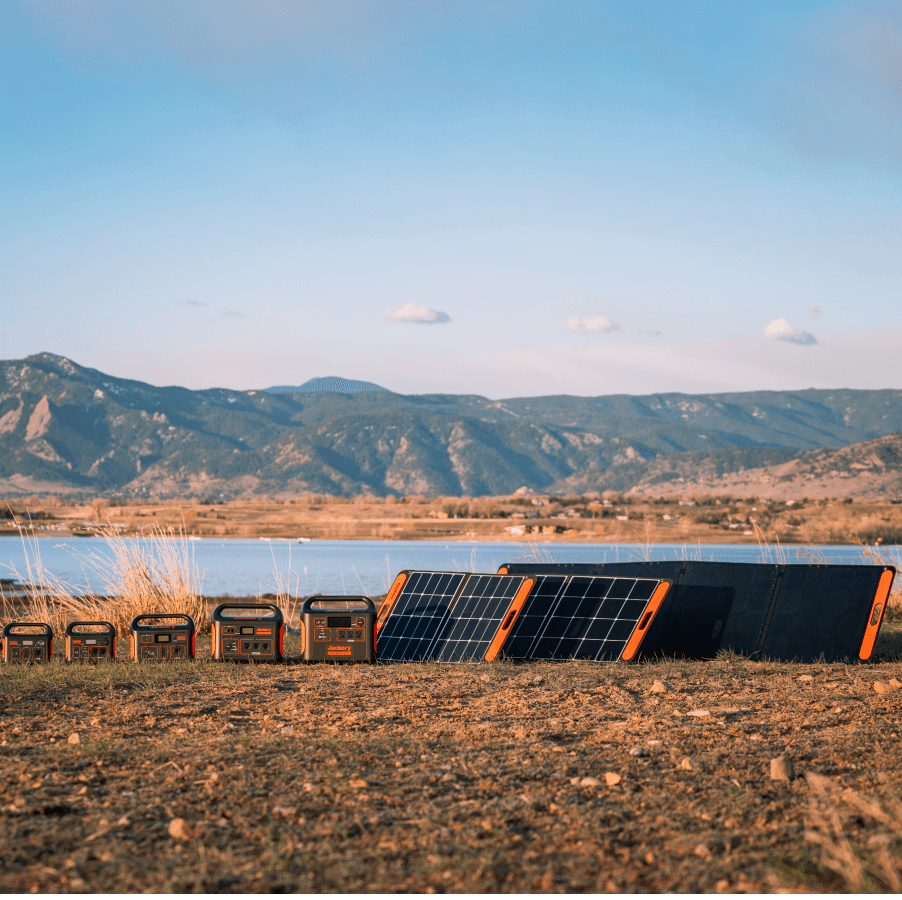

Leave a comment